Annoushka Ducas interview: her life in seven charms
British jeweller launches bespoke service to create miniature memories
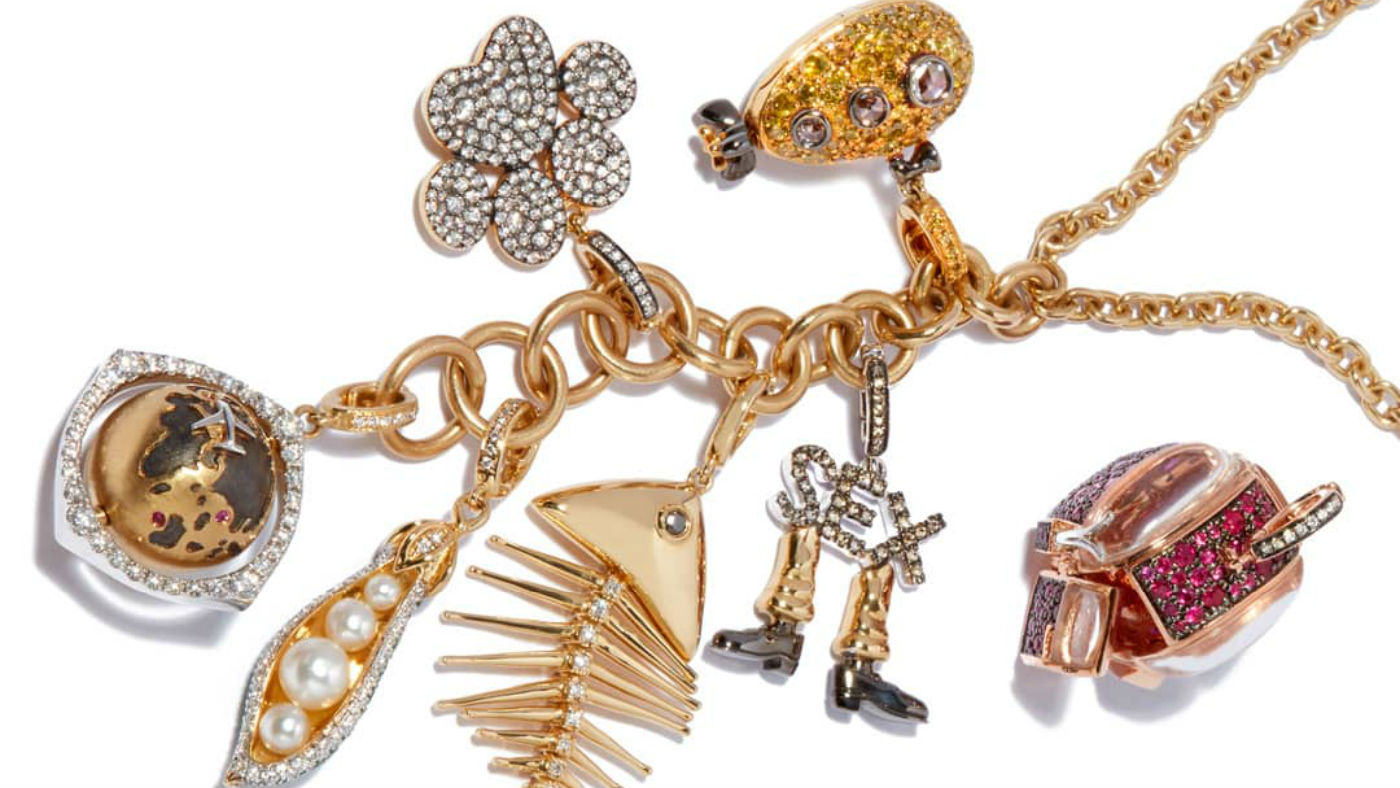
Jewellery has been a signifier of protection, comfort and good luck for thousands of years. Amulets in the form of necklaces were abundant in ancient Egypt - those depicting animals and mythical creatures, such as Anubis, the jackal-god believed to be a guardian of the underworld, were particularly popular, as were scarabs, carved as pendants from basalt and placed over the hearts of the deceased to purify the soul ready for rebirth. In ancient Rome, Fascinus, the god of masculine regenerative power, was thought to ward off dark forces and was represented by phallus motifs on gold rings and pendants, worn by adults and children alike.
Indeed, researching the apotropaic significance of jewellery through time is wonderfully colourful, though occasionally it veers towards the absurd. In 16th century England, for example, there was a bizarre trend for carrying a piece of caul (the thin membrane that sometimes covers the face of newborn babies) in a gold locket, since it was thought to protect against drowning. In Victorian times, it wasn’t uncommon for respectable women to wear a live beetle around their necks, encased in a miniature gold cage - a rather macabre way of calling upon the powers of Mother Nature.
As such, the roots of talismanic tradition run deep through the history of jewellery, across communities and continents, and through preternatural and prophylactic philosophies, with pieces worn for spiritual, healing and superstitious reasons, as well as to assert power and status.
The Week
Escape your echo chamber. Get the facts behind the news, plus analysis from multiple perspectives.

Sign up for The Week's Free Newsletters
From our morning news briefing to a weekly Good News Newsletter, get the best of The Week delivered directly to your inbox.
From our morning news briefing to a weekly Good News Newsletter, get the best of The Week delivered directly to your inbox.
Today, talismans and good luck charms are especially relevant: in times of uncertainty and strife, we naturally gravitate towards symbols of hope that we can carry close to our hearts. Often these are little reminders of the past which carry the promise of a brighter future.
One woman who believes strongly in the restorative and reassuring powers of talismans is British jeweller Annoushka Ducas, who has launched a bespoke service called “My Life in Seven Charms” – an 18ct gold bracelet that carries cherished memories in the form of specially commissioned miniature charms, which can be gem-set and cast in any shape.
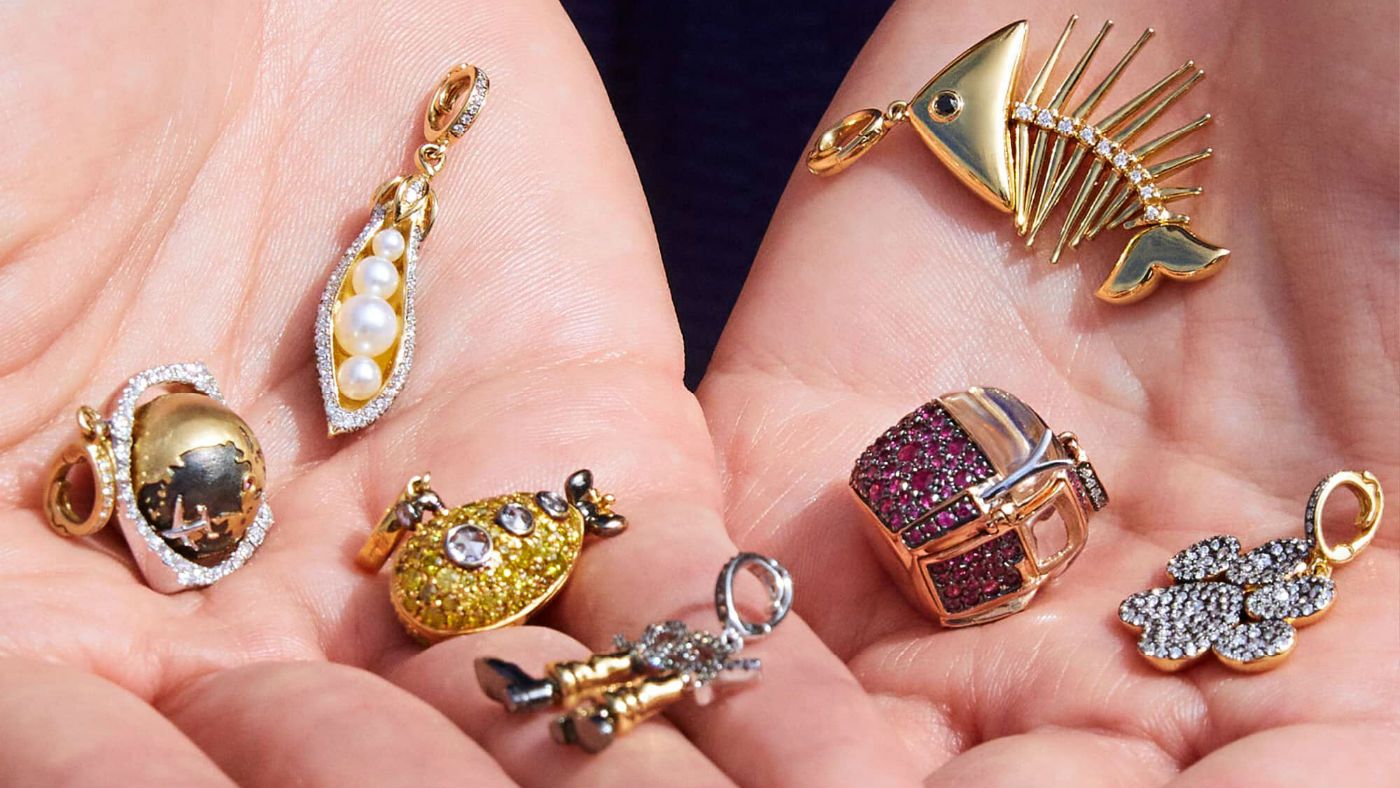
“Miniature charms can be relevant at different times in your life, but never more so than this year,” said Annoushka, who launched her eponymous jewellery house in 2009. “We have had a lot of time for reflection and there is a real need to feel secure. Talismans are all about that. They remind you of fond memories, presenting them in tangible, resilient form. For this reason, you feel protected by this jewellery, because it concretises something so cherished that is carried deep within your heart.”
Good luck charms have always been central to Annoushka’s designs. One of her first collections, still available today, is called Dream Catcher, which she explains is “inspired by the idea of harnessing something important yet ethereal”. As the name suggests, these 18ct rose gold pieces are informed by the shape of native American dream catchers, some set with gemstones including mother of pearl and coloured diamonds. There’s also her Touch Wood collection: high jewellery inspired by her Russian roots that incorporate slithers of ebony, sometimes concealed, so that the skin is always in contact with this “magic” material, following the superstitious belief that it wards off bad luck.
A free daily email with the biggest news stories of the day – and the best features from TheWeek.com
“I have used the saying ‘touch wood’ all my life. It stems in part from my mother who always wore a wooden ring,” explains the designer.
So what prompted her to think of a charm bracelet? And why a bespoke service when there are so many well-established good luck symbols that wearers could have mixed and matched from a collection?
“To me the important thing about jewellery is not the way it looks to other people, but what it means to the person wearing it,” she says. “Working closely with clients on the seven charms means I can design something totally unique for them. Something that represents them in time, which can be passed down through the generations, so individuality is kept alive. Plus, I have been fascinated by miniature things since I was a child. When you create something in 18ct, you can spend time perfecting it, so that every detail is there to explore and delight in.”
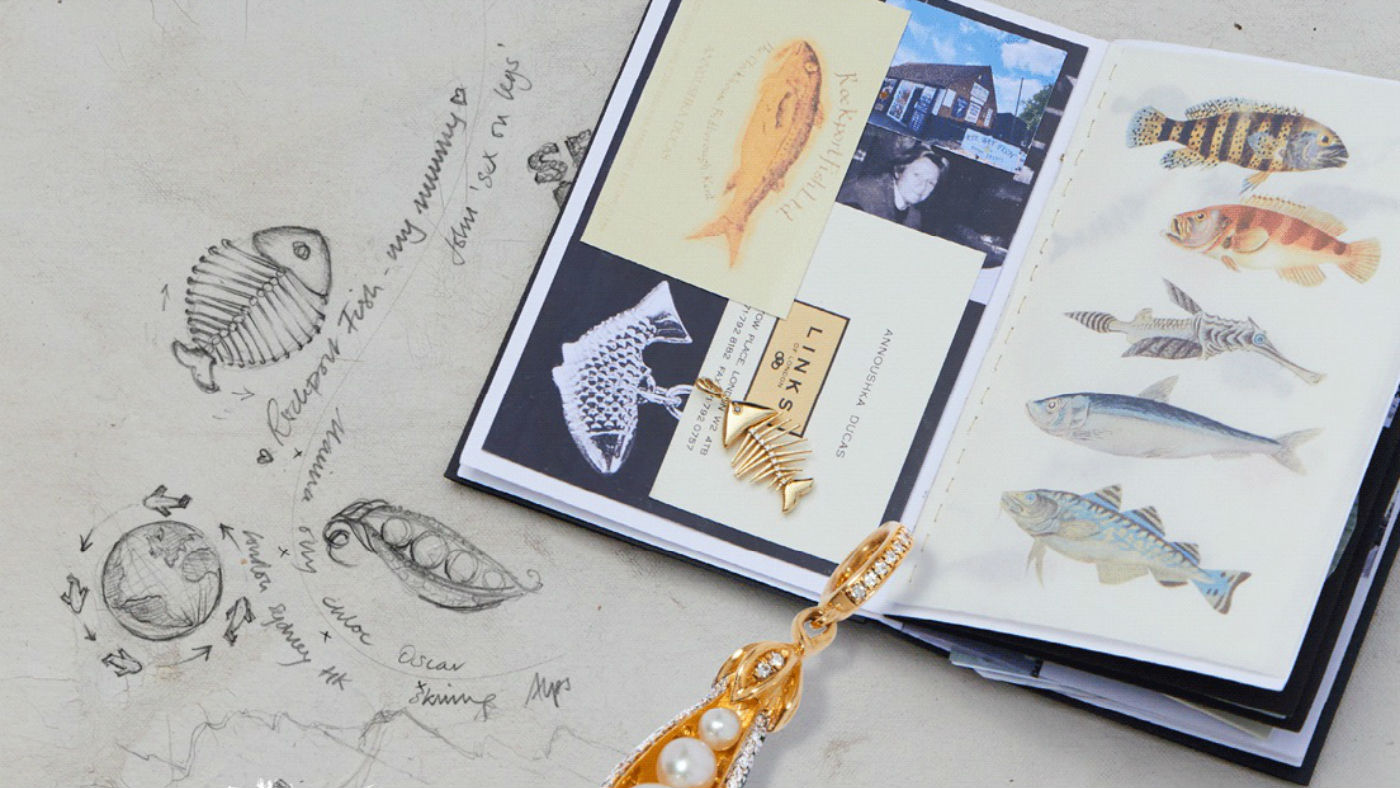
On her own “My Life in Seven Charms” bracelet, Annoushka has featured a yellow diamond encrusted submarine to represent the famous Beatles track, the first song she remembers dancing to with her late mother. “It is a locket that opens; the propeller spins and it has a tiny diamond in the periscope,” she enthuses. Her husband is represented by a little diamond and gold “sex on legs” charm while her little ruby-set gondola, a symbol of her love of skiing, features a tiny pair of 18ct white gold skis and has doors that can swing open. “I could never design anything that didn’t replicate the real thing,” she says. “To me that would be nonsense. Why would you create a miniature cable car charm with doors that were stuck shut?!”
Each bracelet is presented in a beautifully bound jewellery box in the shape of a book and comes with its own little “scrapbook”, detailing the design process with sketches and notes that explain the story behind each charm. Commissions take between three to five months, and all meetings can take place over Zoom.
-
 The many faces of Eddie Redmayne
The many faces of Eddie Redmaynefeature Costume is just one of the ways the Oscar-winning actor gets into character
-
 Getting dressed with Ryan Gosling
Getting dressed with Ryan Goslingfeature In an exclusive interview, the Canadian actor talks clothes, costumes and watches
-
 Frank Ocean speaks jewellery: ‘there are few jewellers who look like me’
Frank Ocean speaks jewellery: ‘there are few jewellers who look like me’feature In a rare interview, the American charts the rise of his luxury brand Homer
-
 The energising allure of Tabayer jewellery
The energising allure of Tabayer jewelleryfeature Miami-based founder Nigora Tokhtabayeva discusses her talismanic creations
-
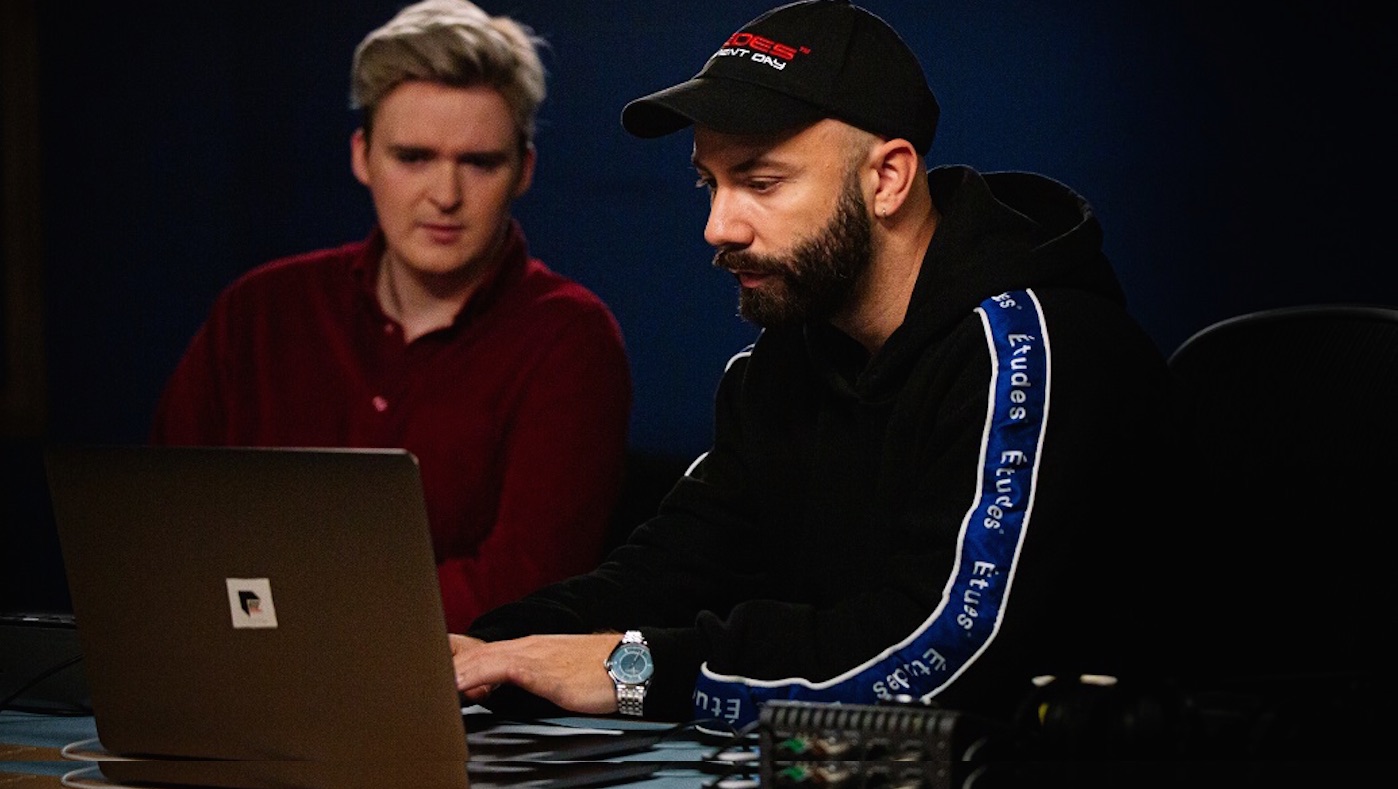 Music for the times: Vacheron Constantin joins forces with Woodkid
Music for the times: Vacheron Constantin joins forces with Woodkidfeature French music star Woodkid talks about a new venture to support young talent
-
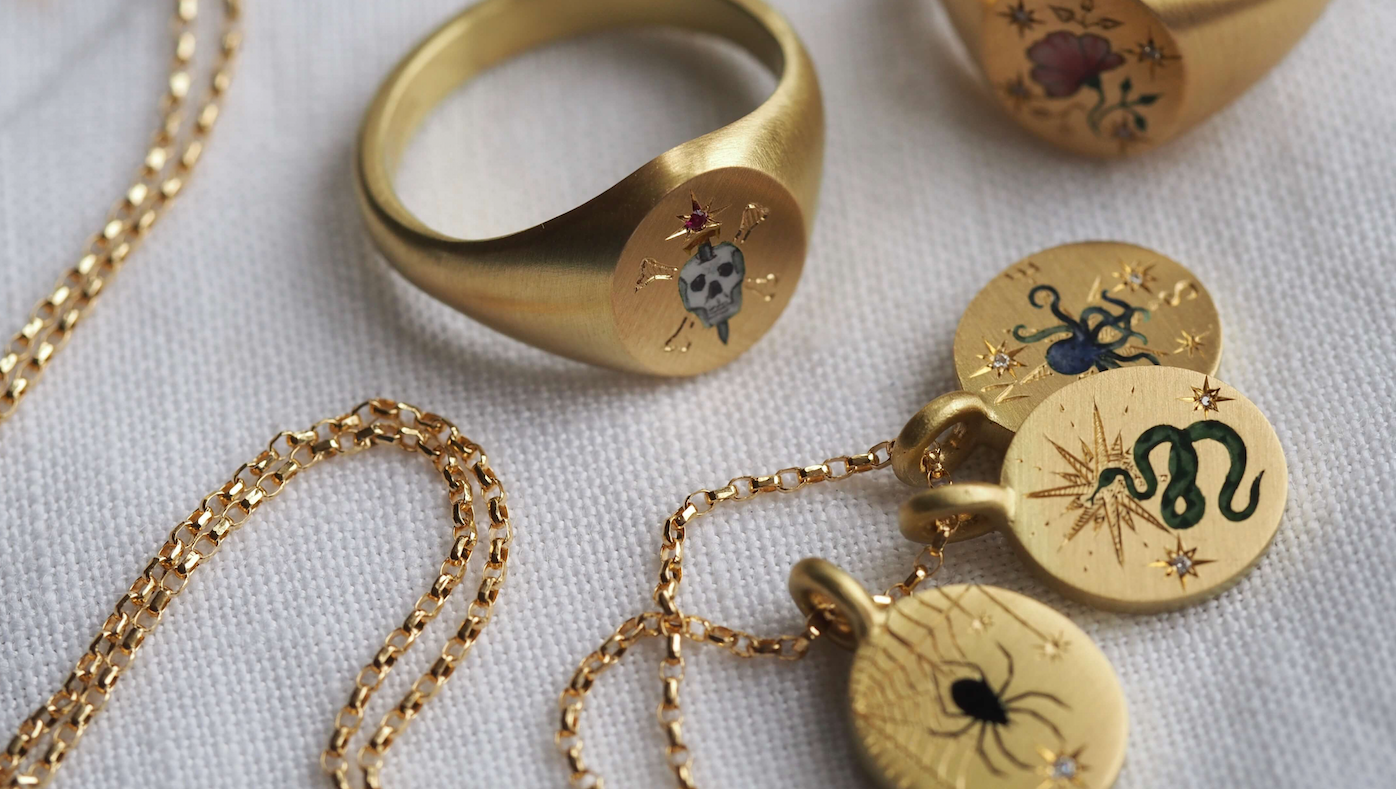 Cece Jewellery: tattoos of a different kind
Cece Jewellery: tattoos of a different kindfeature The 18ct vintage-inspired pieces by British goldsmith, Cece Fein Hughes, are a lesson in symbolism
-
 Jeweller Maria Sole Ferragamo and her soulful SO-LE Studio
Jeweller Maria Sole Ferragamo and her soulful SO-LE Studiofeature Magical designs take shape from unwanted sustainable materials
-
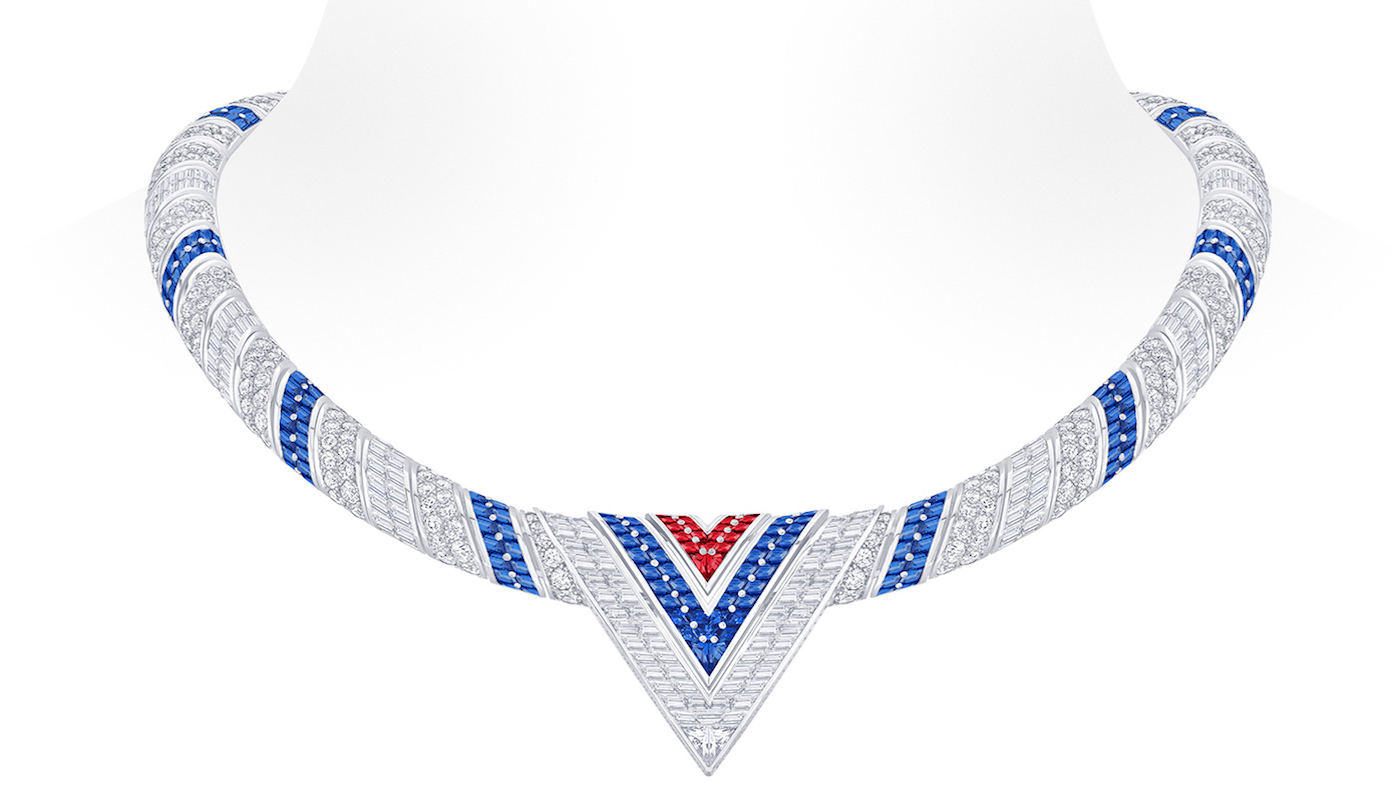 Brave heart: tracing Louis Vuitton’s biography in gems
Brave heart: tracing Louis Vuitton’s biography in gemsfeature Francesca Amfitheatrof explains her latest muse – Louis Vuitton, himself


